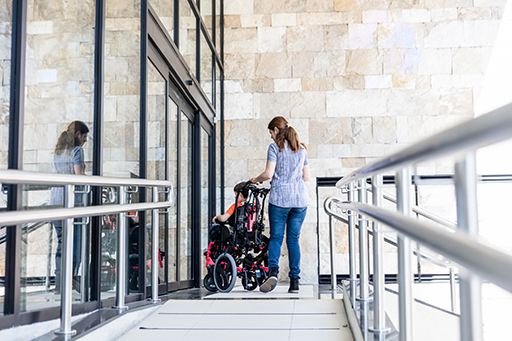Inclusive environments: people, place and play
Introduction
Week 1 considered what can affect our learning, how we can prepare ourselves for learning and we also looked at some of the language associated with additional support needs (ASN). This week looks in more detail at how to develop inclusive practice so that children with ASN can be full and active participants in early years settings.
Scotland is committed to giving as much opportunity to every child to ensure they reach their potential. Practitioners in early years settings have a responsibility to ensure that the setting is inclusive for all children.
But what do we mean by the term ‘inclusive environment’? Some children may have no apparent barrier to accessing all the experiences that nursery has to offer but something may be causing them to feel left out. There may be something or someone that is creating a barrier to them being able to join in – exploring these issues is the focus of this week’s session.

The content of Week 2 links to module learning outcomes (LO) 2 and 3:
- LO2 Understand the value of inclusive practice, including the importance of celebrating the strengths and opportunities that children who need additional support bring to a setting.
- LO3 Explain the need for all staff to take responsibility to support children who need additional support (not just those with specialist training).
By the end of Week 2 you will be able to:
- understand the difference between access and inclusion
- understand how unconscious bias might affect what we say and do
- take an inclusive approach to planning food
- know what is important in ensuring children gain equal access to outdoor play experiences and the role of the adult in supporting inclusive play.
Continue to 2.1 The difference between ‘access’ and ‘inclusion’ [Tip: hold Ctrl and click a link to open it in a new tab. (Hide tip)] .
